Learning How to Travel with a New Disability
Slowing down and making adjustments in your activities can make travel possible again
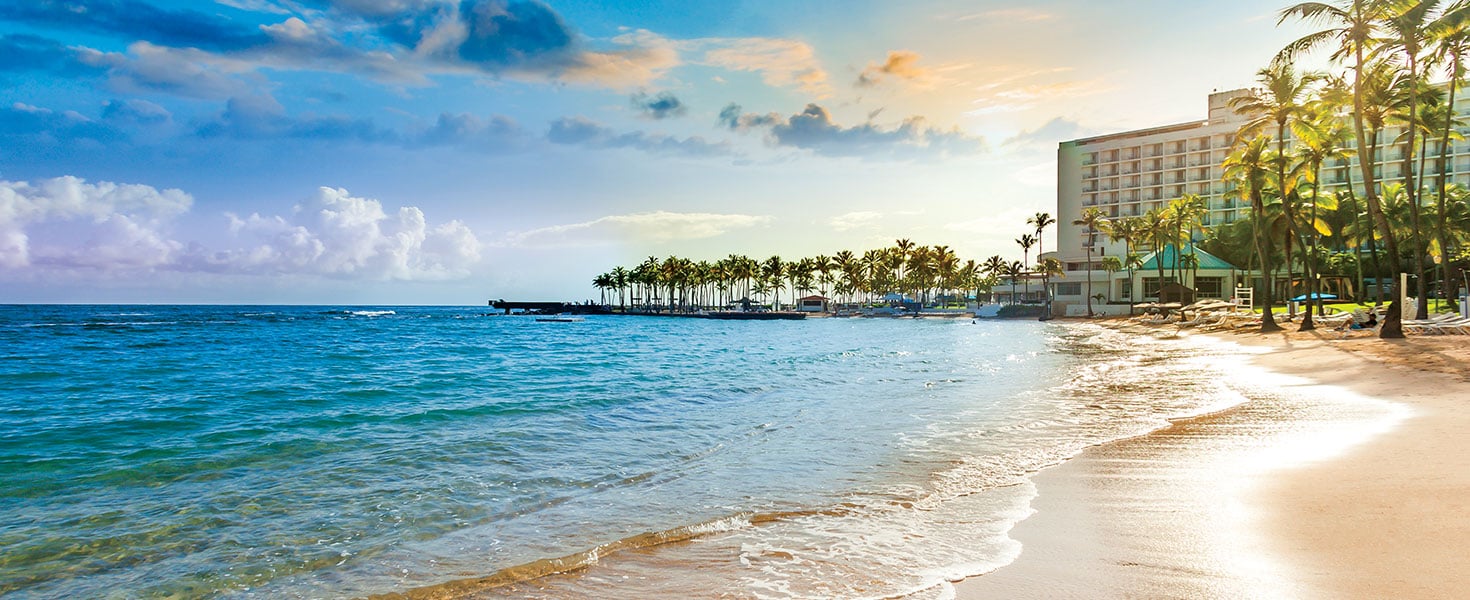
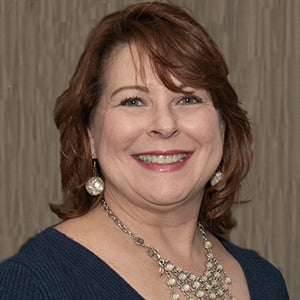
The flight to San Juan, Puerto Rico, was a quick one—just four-and-a-half hours—but by the time I retrieved my luggage and arrived at the Caribe Hilton, I was exhausted. My first order of business: a long nap. That surprised me because I’m usually excited and ready to start exploring a destination as soon as I check in to my hotel.
But nothing is the way it used to be.
I am now among the one in four adults in the US who consider themselves to have a disability. Despite my best efforts during the height of the pandemic to fend off COVID-19, I endured two difficult bouts with the virus—the first before there was a vaccine and the second when the Delta variant was raging but boosters were not widely available—and I went without a mask indoors, just that one time. Although I was never hospitalized for it, the virus has had lasting and devastating effects on me.
 Pastel colored buildings of Old San Juan. Photo courtesy of Discover Puerto Rico
Pastel colored buildings of Old San Juan. Photo courtesy of Discover Puerto Rico
JOIN THE CROWD
Like an estimated 30 percent of Americans who have had COVID-19, I have the lingering symptoms known as “long COVID.” For me, that means extreme fatigue (akin to myalgic encephalomyelitis, also known as chronic fatigue syndrome), all-over pain (it was excruciating until medications brought it under control), brain fog (thankfully, recent treatment with an antiviral drug has helped) and a severe lack of stamina.
I used to be fit and exercised faithfully. These days, I need to rest after walking for just 10 minutes. And if I overdo it: Oh boy, the pain comes raging back, I need to sleep for days at a time, and I’m constantly nauseated. So, I stay home—a lot. And I don’t like it.
I’ve always been an avid traveler. Heck, I am a travel writer and editor by profession. And suddenly, I was out of commission—but I was determined not to stay that way. I love travel. It’s what I do; it’s what I want to do.
Inspired by a Zen Buddhist proverb—“Obstacles do not block the path; they are the path”—I decided I needed to adjust how I approach travel so that I can continue to feed my soul with it.
I’m not alone in my diminished ability. At least 61 million Americans have some sort of disability that can make travel more difficult. But, for many of us, it’s not impossible. We just need to accommodate reality.
 El Covento facade. Photo courtesy of Hotel El Convento
El Covento facade. Photo courtesy of Hotel El Convento
SAN JUAN EXPLORATIONS
I spent eight nights in San Juan, part of it at a conference of travel journalists, the remaining five days experiencing the tropical destination on my own.
Here’s what I did right—and wrong.
My meeting was at a hotel near San Juan’s conference center—not near the beach—so for my free days, I stayed at the Caribe Hilton. The first major hotel to be built in San Juan, back in 1949, the Hilton has its own private beach along a cove that’s protected from the larger waves you’ll find on Condado Beach, where many of the city’s hotels cluster. The calm waters allowed me to spend time lazing about in the ocean as well as on the beach and in the large pool. With beach and poolside food-and-drink service, I had it made.
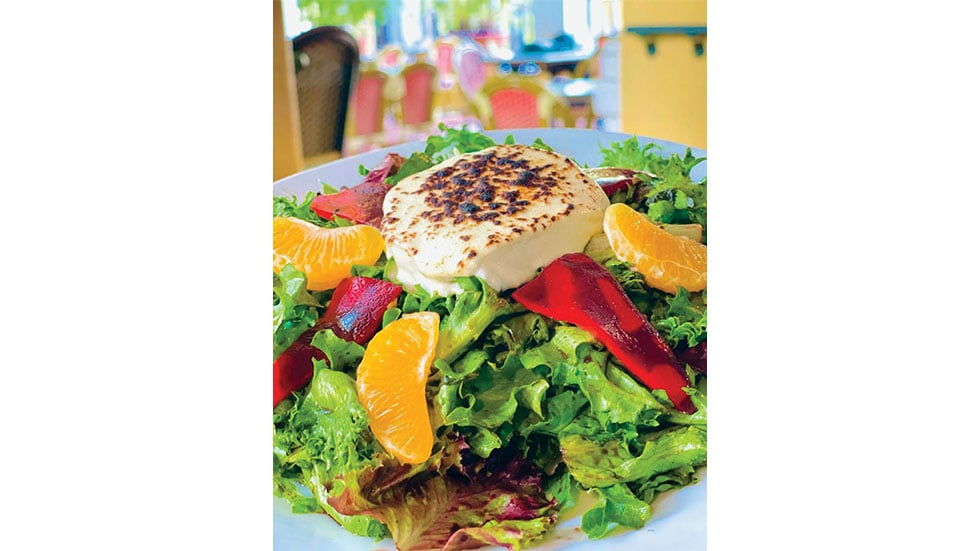 The El Coventos balcony restaurant Santisimo. Photo courtesy of Hotel El Convento
The El Coventos balcony restaurant Santisimo. Photo courtesy of Hotel El Convento
The Caribe Hilton also has four restaurants (featuring five menus), a poolside café and bar, an indoor bar that serves food and a Starbucks. All those choices made it easier for me not to have to leave the hotel for every meal. Score one for good planning.
I wisely took it easy my first day before using a rideshare to Rubens Café in Condado for a fruity cocktail and traditional Puerto Rican meal of mofongo (mashed plantains) with shrimp in garlic sauce. I went to bed early and allowed myself to sleep until 10:30 a.m. Good job, Theresa, good job.
 Caribe Hiltons Pina Colada. Photo courtesy of Caribe Hilton
Caribe Hiltons Pina Colada. Photo courtesy of Caribe Hilton
But that next day, I got into trouble. The concierge told me that I could easily walk the two miles from the hotel to Old San Juan, but I knew better, so I Ubered to the 500-year-old section of the city. There, I walked along Fortaleza Street, where pastel-colored centuries-old buildings with wrought-iron balconies and overflowing flower boxes housed fine jewelry stores and shops selling T-shirts at three for a dollar. I relaxed in a park near the cruise port and strolled to Pigeon Park, where hundreds of the cooing gray birds flock to the outstretched hands of tourists who feed them and pose for photos.
By then I needed a rest, so I ducked into Galeria Botello, where I struck up a conversation with proprietor Juan Botello, son of the artist Angel Botello, whose work the gallery sold sells.
That rest break turned into a highlight of the trip, as Juan described his youth growing up in that very building in the 1960s and 1970s, where the main floor had been his father’s gallery, the second floor the family home and the third floor his father’s studio. Juan discussed his father’s subjects (often his daughters and the women of San Juan) and the distinctive characteristics of his paintings and sculptures, such as flat-topped heads.
Now, I guarantee that if I hadn’t felt the need for an extended rest, I would never have sat in that gallery for 40 minutes talking with Juan Botello. I would never come to appreciate fully his father’s artistry, and I certainly wouldn’t have been able to spot the elder Botello’s artworks the next day at the Museo de San Juan.
Refreshed, I continued my explorations by stopping at historic El Convento hotel, a pretty building that, as the name suggests, used to be a convent. The hotel’s balcony restaurant, Santisimo, overlooks a courtyard where a wedding ceremony was happening. You can learn a great deal about a place by people-watching and eavesdropping, and watching the wedding and listening to my fellow restaurant patrons entertained me while I ate my meal and savored two of Santisimo’s Hemingway daquiris When I left, nightlife was just starting to heat up in the old town, but I knew when to call it quits.
As it turned out, however, I had walked far too much that first day—some four miles—but the pain did not hit until days later. I slept more than 12 hours that night. The next day, I took it easy, with just a visit to an art museum specializing in works by Puerto Rican artists. The galleries showcasing artists’ views of Puerto Rican history, its people’s views of masculinity and other island-centric topics revealed for me a Puerto Rico I couldn’t have discovered elsewhere.
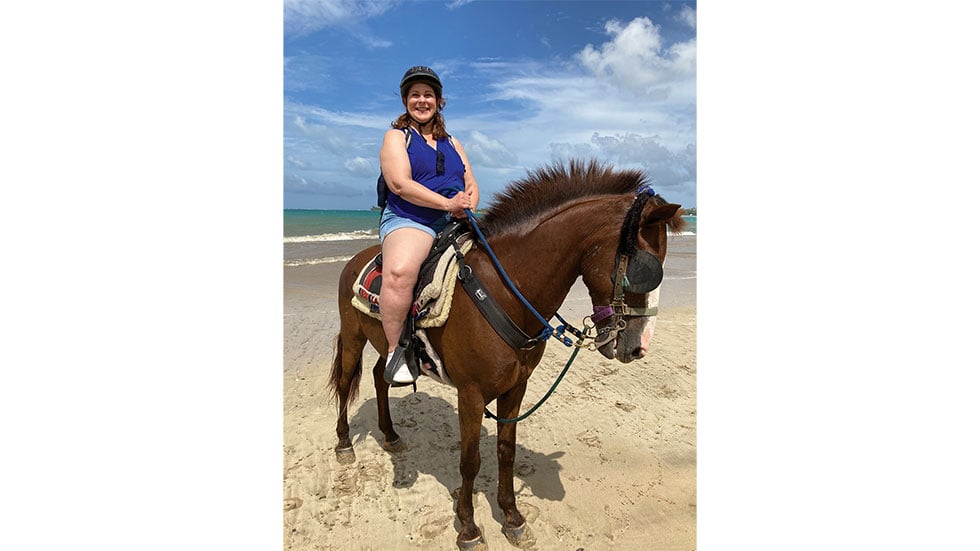
The writer is also a rider
CHALLENGING MY COMFORT ZONE
I hadn’t made it to El Yunque National Forest the first time I visited Puerto Rico about 10 years ago. This time, I didn’t want to miss seeing the only tropical rainforest in the US National Forest System. But visiting El Yunque would entail a long day trip, and I knew I didn’t have the energy for that. So, I found a compromise: a half-day excursion to Carabali Rainforest Adventure Park in the foothills of the rainforest.
I opted for a horseback ride on trails leading through rainforest to Fortunata Beach. In retrospect, horseback riding was not the wisest choice—it’s surprisingly exerting for the rider—but I don’t regret having done it. Riding horseback on a beach is an opportunity that seldom arises, and I treasured it. Back at the hotel, I had a tasty dinner with wine at the on-site Italian restaurant, Rustica, and collapsed into bed early.
Thankfully, the next day included a massage at the Caribe Hilton spa before I transferred to the conference hotel. The next few days were filled with business, but I did manage to squeeze in a tour and tasting at the Bacardi Rum Factory, a beachside at Wicked Lily in Condado and dinner in La Placita market square in the Santurce neighborhood of San Juan. La Placita is known for its nightlife, and I was delighted to be dining alongside residents at one of the numerous restaurants on the square. Dining with the locals proved a fitting bookend to my time in Puerto Rico.
I’d like to say that with the precautions I took, the trip was no problem for me, but I experienced a “crash” when I returned home—several weeks of increased pain and fatigue because I had exerted myself too much. Even those repercussions didn’t make me regret my travels, though. Perhaps it’s like giving birth to a baby: once it’s over, you forget the pain and just remember the joy.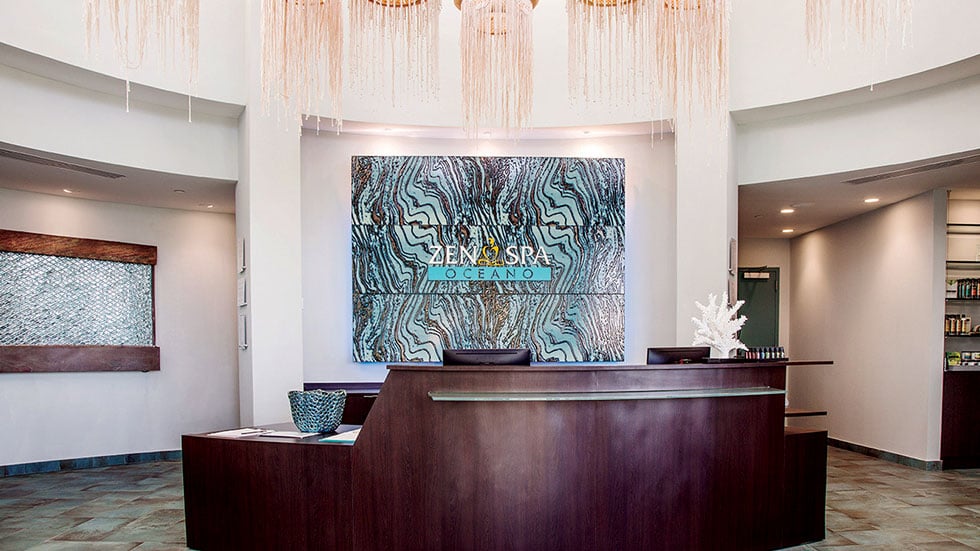
Caribe Hiltons Zen spa Oceano. Photo by Aaron Haxton/Courtesy Of Caribe Hilton
WHAT I DID WRONG
- I used up too much energy walking in the airports. When I traveled again six weeks later, I arranged for wheelchair transport in the airports, which allowed me to save my energy for the trip itself.
- I walked too much during my time in San Juan. My phone, as most smartphones do, keeps track of the mileage I walk during the day. I should have referred to that frequently as a guide for when to stop.
- I didn’t ask for hotel rooms near the lobby elevator. My room at the Caribe Hilton was in a tower somewhat distant from many of the hotel amenities, and walking back and forth frequently tired me out.
WHAT I DID RIGHT
- I logged less than my usual amount of sightseeing when traveling (but I should have moderated my activity even more).
- I slept in nearly every morning and took frequent rest breaks.
- I Ubered everywhere, saving my energy for walking in the destinations instead of getting from point A to point B.
- I chose the right hotel for the sightseeing portion of my trip, one with all the amenities I needed: multiple on-site restaurants, a spa, a pool and a white-sand beach beside calm water.
- I accepted my limitations and allowed myself to fully enjoy the experiences I had.
